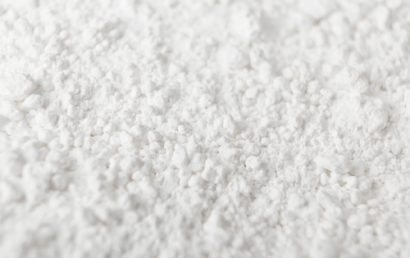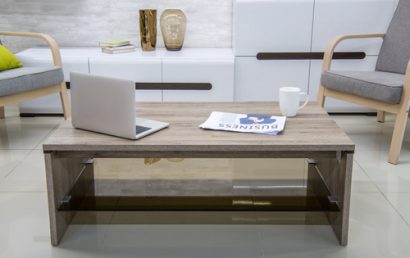3-D Cold Metal Bonding: A Manufacturing Mystery, But It Works!
The year 2018 has already introduced any number of technological advancements. One such improvement is currently being used not only to create parts for aircraft but on other delicate, expensive surfaces. This highly versatile deposition process, for the first time, shows the effects of temperature through 3-D modeling. The process is referred to as CGDS (cold gas dynamic spray). It bonds supersonic metal particles that are micron-sized to a polymer or metal surface without any resulting damage.
What we see here is the bonding of a single particle to a surface represented by a 3-D model, and it will unlock several decades of grand high-technology challenges.
What’s It All About?
In any number of industries, some of the surfaces involved are extremely fragile. Surfaces such as this frequently require super-thin, bonded, rock-hard metal coating. Unfortunately, the manufacturing process used conventionally has come up short. A new solution will be CGDS (cold gas dynamics spray). But there’s more! Though the key aspects of this process are difficult to predict, thus far, it has proven to be enormously versatile. A 3-D model that is temperature based has been created at the University of Johannesburg by Prof. Tien Chien Jen. This model will begin to unlock the particle deposition zone’s mysterious CGDS film growing process.
A Mystery in Manufacturing
According to a University of Johannesburg Department of Medical Engineering Sciences professor, since CGDS was invented in the 1980s, it has defied understanding. No one seems to be able to comprehend exactly why metal particles bond to a substrate surface through CGDS.
The mysteries surrounding CGDS bonded coating only continue on the factory floor involving thermal damages such as residual stresses, crystallization, evaporation, and in dealing with metal surfaces and metal particles.
A Model Is Not the Real World
When copper particles were sprayed onto an aluminum surface, in these experimental conditions, the model in question held up. But, of course, the model is limited. Under experimental conditions, a strong CGDS coating is created when a sufficient bonding temperature is reached. Unfortunately, sufficient bonding temperatures were not always reached in the laboratory when the velocity of particle impact was not within the critical range. The result of this would be, because of loosened powders and scrapping surface, a poor surface coating. It stands little chance of meeting the quality standards involved in manufacturing. So, clearly, we are still somewhat in the drawing board stages.
What this does initiate, however, are more follow-up projects that will extend into multi-layer, multi-particle models (the current 3-D model is single-particle single-layer).
At A and A Coatings, we use modern technology and best practices to give our clients the absolute finest when it comes to thermal spray protective coatings. Numerous industries benefit from these coatings because they reduce maintenance costs, lessen downtime, increase the life of components and machinery, and more. If you would like to find out what thermal spray coatings can do for you, and how they apply to your industry, contact us today. We have specialists ready and waiting to assist you.



